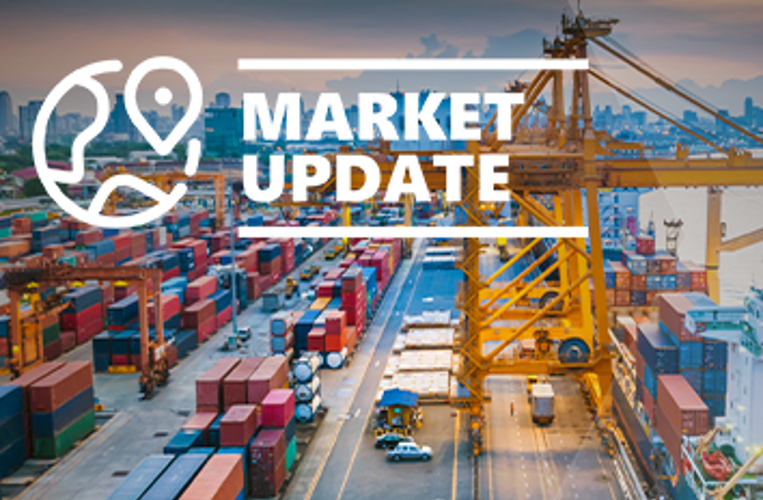On behalf of Scan Global Logistics

Global COO & CCO
News
15 Apr, 2024
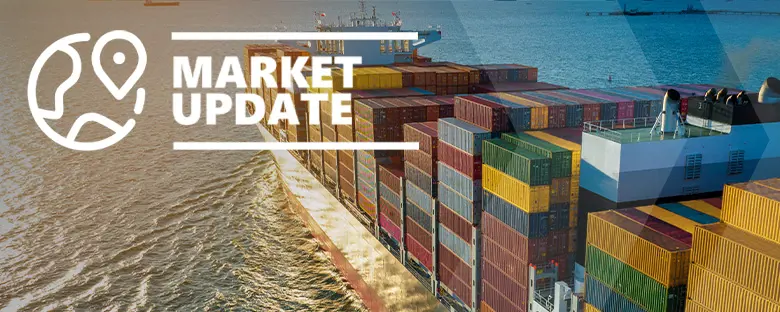
In what is being described as a retaliatory move by Iran against Israel, Iran´s Revolutionary Guard has moved to seize the MSC Aries as it was traversing the Strait of Hormuz.
Pictures show Iranian troops descending from helicopters and rappelling onto the vessel in the early hours of Saturday, 13 April.
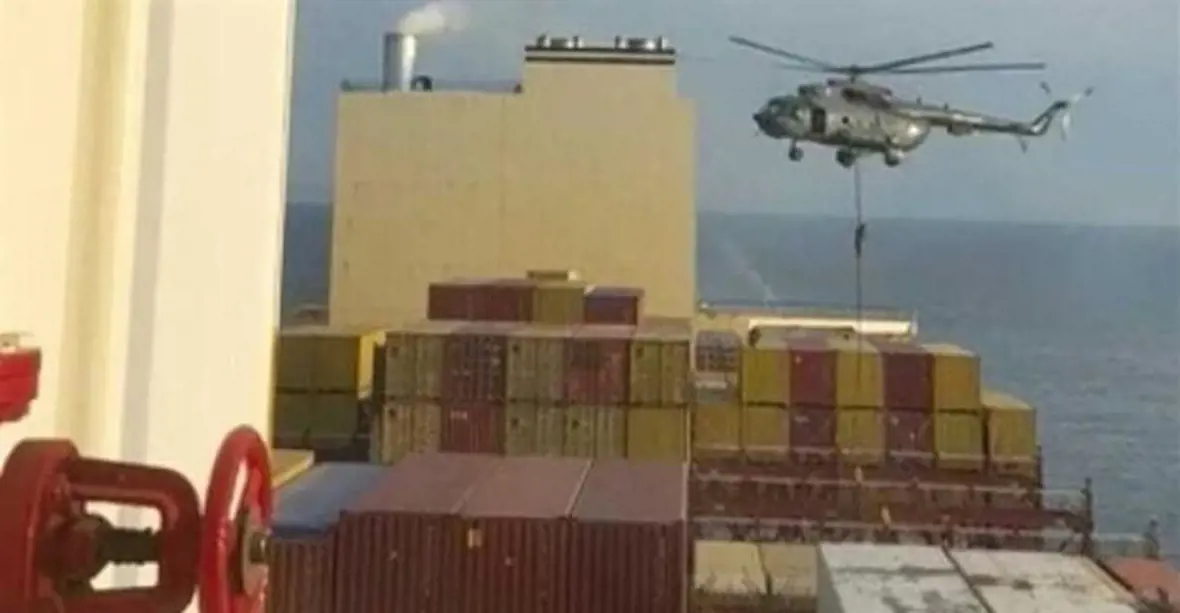
Source: Seatrade Maritime News
This move by Iran is viewed as a retaliatory measure against Israel´s attack on the Iranian embassy in Damascus, Syria, on 1 April, where an Israeli airstrike destroyed the Iranian consulate annex, killing 16 people, including a senior Quds Force Commander of the Islamic Revolutionary Guard (IRGC) along with seven other IGRC officers.
The 15.000 TEU MSC Aries is chartered by MSC and owned by Gortal Shipping, a finance company associated with Zodiac Maritime, owned by Israeli billionaire Eyal Ofer.
The seizure of MSC Aries by Iran was met with instant and widespread condemnation, with UK Secretary of Defense Grant Shapps commenting:
‘The seizure of the cargo ship MSC Aries by Iran is unacceptable and a blatant violation of international law. We call for the unconditional release of the ship and its crew without delay’.[1]
The White House followed the same line of communication with White House National Security Council spokesperson Adrienne Watson, describing the vessel seizure by Iran as ‘an act of piracy and a blatant violation of international law’, [2] calling on Iran to immediately release the vessel and its 25 crew members.
Fears mount over open war in the Middle East
The incident involving MSC Aries was later on Saturday, 13 April, followed by an unprecedented direct attack on Israel by Iran launching a barrage of 300 drones and cruise and ballistic missiles against Israel.
The vast majority of the drones and missiles were shot down by Israel´s aerial defence, aided by allied forces as well, before reaching their targets, with Israel citing only minor damage following the attack.
The attacks mark what the majority of analysts and politicians describe as a historically serious situation in the Middle East. European Council President Charles Michel said on X (Twitter) that EU leaders ‘strongly condemn’ the attack by Iran on Israel and ‘Everything must be done to prevent further regional escalation.’
‘More bloodshed must be avoided. We will continue to follow the situation closely with our partners,’ Charles Michel added.
U.K. Prime Minister Rishi Sunak said on X the Iranian strikes ‘risk inflaming tensions and destabilising the region.’ Tehran has ‘demonstrated that it is intent on sowing chaos in its own backyard,’ he said.
From Bab-al-Mandab strait to Hormuz strait
Similar to the ensuing crisis in the Red Sea following attacks by Houthi forces on commercial vessels in the Bab-al-Mandab Strait, the Hormuz Strait is considered a strategic vantage point for global shipping.
The Hormuz Strait is a key shipping lane for the Persian Gulf between Oman and Iran, connecting the Persian Gulf with the Gulf of Oman and the Arabian Sea. The Strait of Hormuz is the world's most important oil chokepoint, fueling speculation that the evolving situation will have an immediate effect on oil prices.
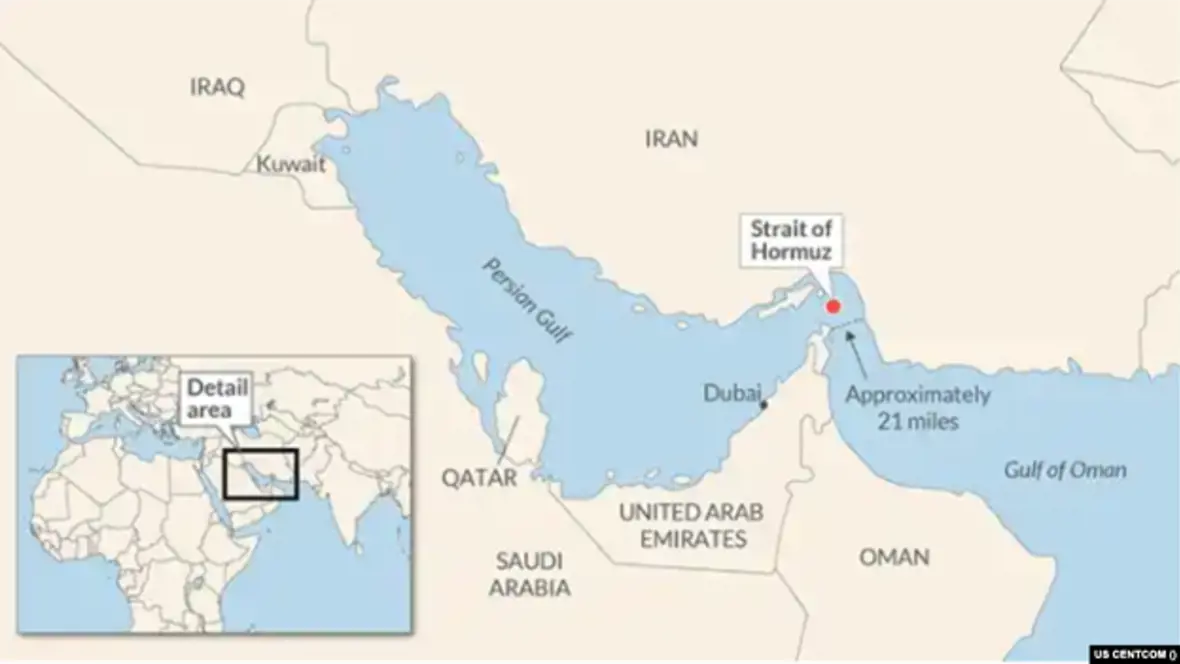
Source: Polygraph
On Tuesday, 9 April, prior to the seizure of MSC Aries, the commander of Iran's Revolutionary Guard's navy said on Tuesday that Israel's presence in the United Arab Emirates was viewed as a threat by Tehran and it could close the Strait of Hormuz if deemed necessary.
‘We do not get hit without striking back, but we are also not hasty in our retaliation,’ Tangsiri said, according to Iran's semi-official Student News Agency. ‘We can close the Hormuz Strait but are not doing so. However, if the enemy comes to disrupt us, we will review our policy,’ Tangsiri said.
This threat spells further headaches for global supply chains, having just adjusted to prolonged transit times of up to 14 days on East-West routes, stemming from Ocean Carriers opting to avoid passage through the Suez Canal and instead utilise routing via the Cape of Good Hope.
The supply and demand equation is no longer relevant
For decades, ocean and airfreight rates have, by and large, been determined by supply and demand. However, this is no longer the case. Events such as the Covid-19 pandemic, the Ever Given Suez Canal incident, Red Sea tensions, the Panama Canal drought and, latest, the Baltimore bridge vessel collision and subsequent collapse of the bridge has provided us with clear proof that geo-political and infrastructural volatility has a significantly larger impact than capacity demand.
Entering 2024, the chorus of container freight analysts were united in the assessment that freight rates would face a near collapse, following a sharp uptake in capacity following a long line of new container vessels entering the market, with container carriers having gone on a shopping spree after the golden profit years in 2021 and 2022.
With Q1 now in the history books, this assessment could not have been more wrong. Container freight rates hover around the USD 4.000/40´ mark, according to SCFI, and the airfreight market has been red hot during Q1 with soaring rate levels, as a result, across majority of global key trades.

While the outlook remains that a form of rate normalisation will occur in the coming months, it is also clear that constant volatility has the potential to sustain elevated rate levels despite available capacity on paper exceeding actual demand.
The situation in the Red Sea, as we speak, does not present a positive outlook, and it is considered that this will not change in the short or mid-term. Frequent attacks by Houthi rebels on commercial vessels continue, and attacks by US-led allied forces on Houthi infrastructure also continue. Accordingly, all major ocean carriers will continue to avoid Suez Canal passage and extended lead times are consequently here to stay in the coming months.
Baltimore bridge collapse
The situation following the tragic and fatal bridge collapse in Baltimore remains unchanged. As we speak, the port of Baltimore is still temporarily closed, with carriers opting to load/unload cargo in nearby ports such as Norfolk, Philadelphia, and New York, which have hinterland access to road and rail ramps.
While the effect on Baltimore itself is immense, with Baltimore being a key hub for automobile imports, the situation is not expected to cause a major uptick in Trans-Atlantic Westbound rates.
The tragic accident does, however, put spotlight on the infrastructural challenges that seem ever present, notably in the USA. A CNN headline in an article published on 30 March 2024 read, ‘1 in every 13 bridges in America is in poor condition. Thousands could collapse from a collision.’[3]
The article went on to outline that in America, a whopping 46.000 bridges have ageing structures and are generally in poor condition. Out of these 46.000 bridges, 17.000 bridges are at risk of collapse if a single hit occurs.
The danger is not only posed by vessel collisions but also by extreme weather events and increasingly heavier trucks, which are also mentioned as other risks.
Authorities inspect US Highway bridges at least once every two years and classify them as ‘good’, ‘fair’ or ‘poor’. A bridge assessed as in poor condition has some structural elements in a state of advanced deterioration.
Bridge collapses are not new; however, during the first three months of this year, the Key Bridge collapsed in Baltimore, a bridge in southern China was sliced in half, and parts of a bridge were cut through in Argentina after large commercial ships collided with them.
‘Ships have gotten bigger, and container ports are focused on deepening their cargo. While we are encouraging bigger containers, we need to protect bridges in these one-off situations,’ Ananth Prasad, president of the Florida Transportation Builders’ Association, told CNN.
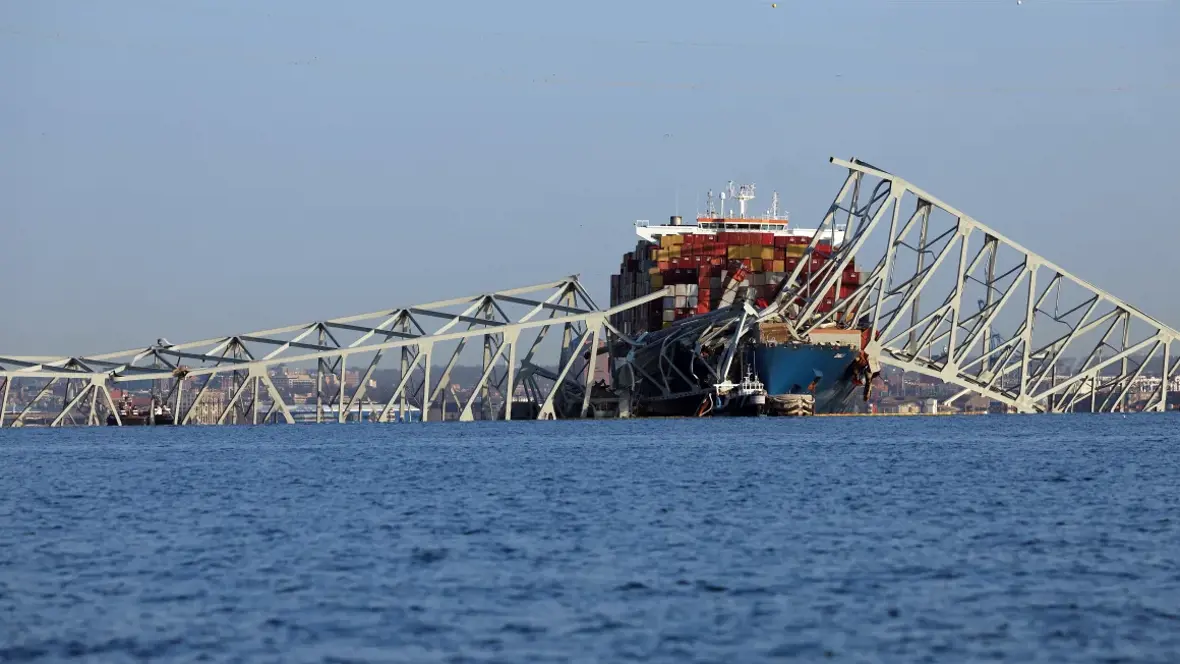
Source: CNN
Airfreight benefits from ocean freight turmoil and new breed e-commerce volumes
As highlighted, the airfreight market, and especially Sea-Air solutions, have been red hot throughout Q1 2024, and as we speak, this remains the case. This development has been fueled by, not least, Red Sea overflow volumes and accelerated by a surge in e-commerce volumes from the new breed of Chinese e-commerce companies such as Temu and Shein.
The illustrations below paint a clear picture of demand exceeding available capacity for the first time since November 2022. As well, majority of trades are enjoying a positive uptake in volumes.

Source: created from IATA-statistics by Scan Global Logistics. Chart 2: World ACD
Back-to-back airfreight rate rises have been dubbed ‘surprising’ by Niall van der Wouw, head of airfreight at analytics platform Xeneta. He told the new Loadstar Podcast: ‘I think I was not the only one who was surprised. If you would’ve asked people in October, ‘what is your outlook for Q1?’ I don’t think many people would have expected demand increase to be double-digit year over year.’
The rise has been largely attributed to spot rate ‘hot spots’ that have emerged from the Middle East and South Asia to Europe. Mr. van der Wouw said: ‘What I’ve seen is that in India, Sri Lanka and Bangladesh, rates have gone through the roof and, in some cases, doubled compared with earlier this year.’
In another comment provided to The Loadstar, Judah Levine, Head of Research at online freight marketplace Freightos, cited liner network disruption as a main contributor to the uptick in airfreight rates from the region. He said: ‘There is still quite a strong ocean-to-air shift, especially out of India. Red Sea disruption is still pushing volumes to air, and in South Asia, the volumes have increased by 95% since the disruption began. ‘It’s likely we will see this increase continue as long as there are diversions,’ he predicted.
Niall van der Wouw rounded off by stating: ‘I’ve been hearing a lot of stories about apparel companies wanting their apparel on western shop shelves in time for spring and not wanting to run the risk of moving it by ocean.’
Our assessment is that this situation will remain the same in the coming weeks; however, the introduction of summer schedules will ease the situation when we look 1-2 months ahead, considering the expected influx of additional capacity.
Airspace closure in the Middle East
The impact from the evolving situation in the Middle East is too early to assess. Reports surfacing on Sunday, 14 April, highlighted that a number of UAE airlines, including Emirates, Etihad and FlyDubai, had both cancelled and re-routed a number of flights after Jordan, Israel, Lebanon and Iraq temporarily closed their airspace in light of Iran´s attack on Israel. Many of the redirected flights now either fly over Saudi Arabia/Egypt or Tajikistan/Pakistan.
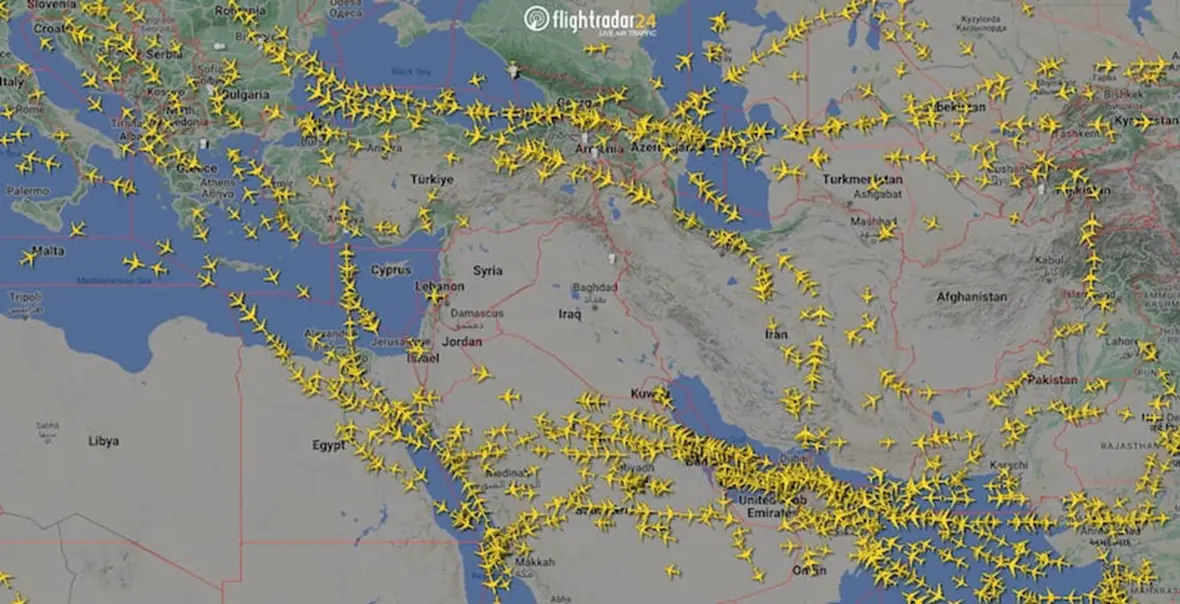
Source: The National
A statement from Emirates read: ‘Following recent airspace closures, Emirates has cancelled some flights and rerouted others,’ said an airline representative. ‘We are closely monitoring the situation and are making all efforts to ensure minimal disruption to customers while assisting impacted passengers.’
It is expected that, despite an already gradual reopening of airspace in the region, all airlines will take measures to avoid high-risk zones in the Middle East, and accordingly, delays and schedule impact are a likely scenario.
Our priority continues to be keeping you informed and assisting you in navigating these challenges effectively. Please do not hesitate to contact our team if you have any specific concerns or require assistance with your logistics planning.
AIRFREIGHT
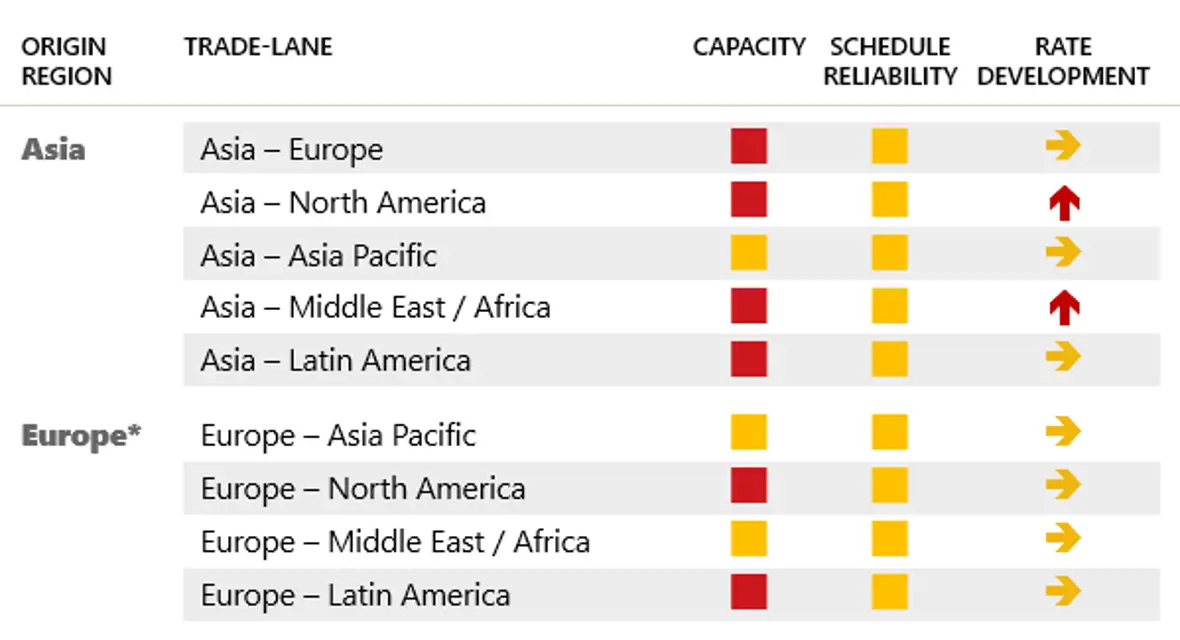
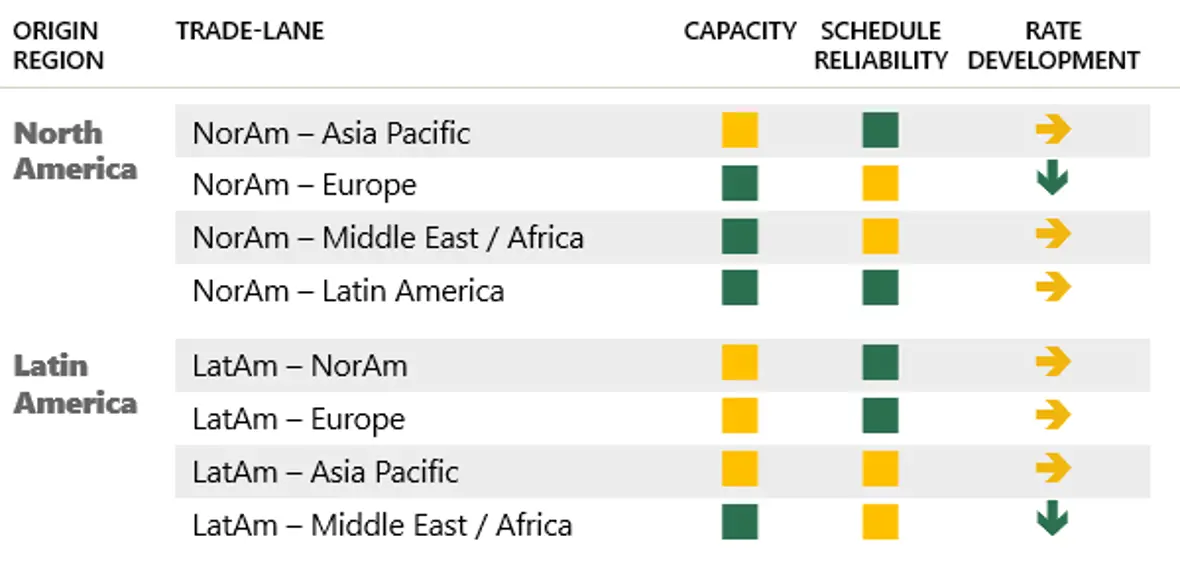

OCEAN FREIGHT
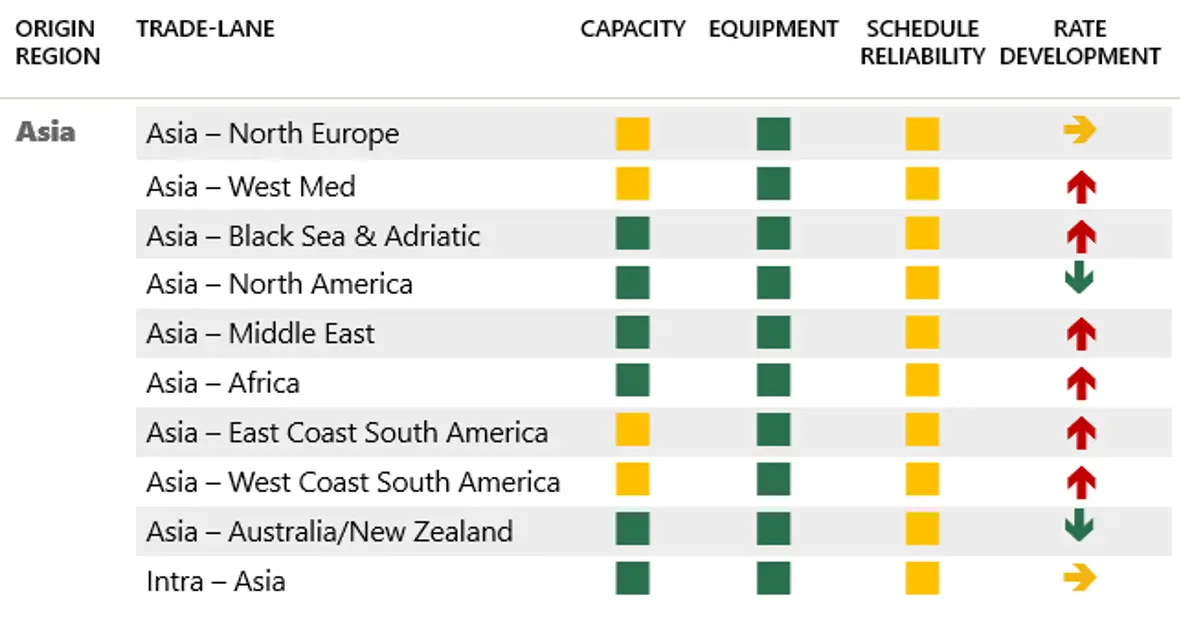
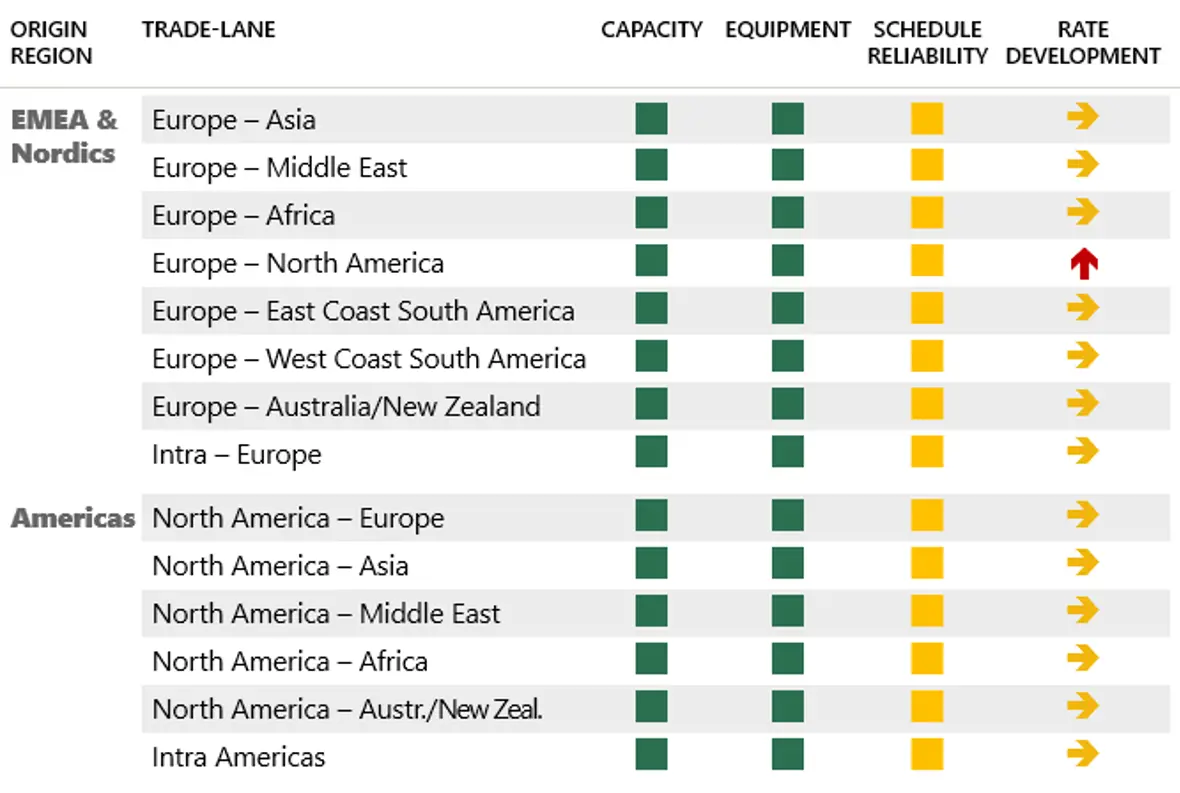

As always, our teams are working around the clock to keep you duly informed both in terms of potential delays and, not least, in terms of alternative solutions.
All the above information is given to the best of our knowledge and is subject to change.
[1] US and UK call for immediate release of MSC Aries seized by Iran (seatrade-maritime.com)
[2] US and UK call for immediate release of MSC Aries seized by Iran (seatrade-maritime.com)
[3] 1 in every 13 bridges in America is in ‘poor’ condition. Thousands could collapse from a collision | CNN Business

On behalf of Scan Global Logistics

Global COO & CCO







